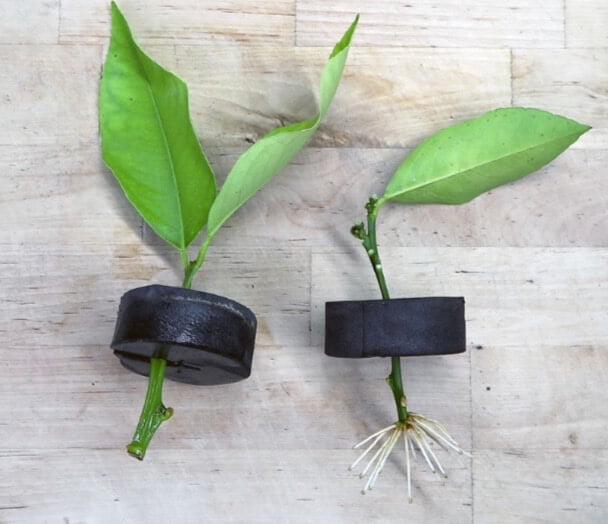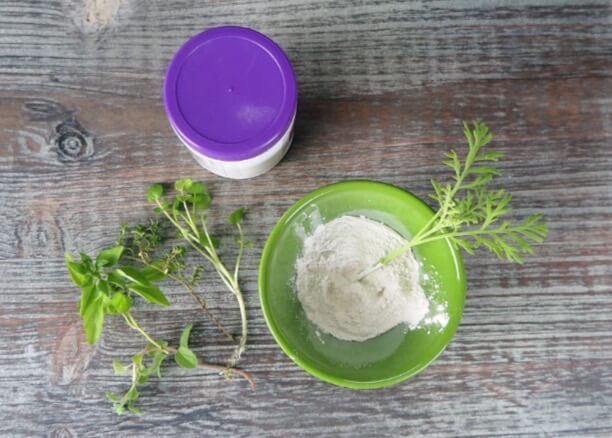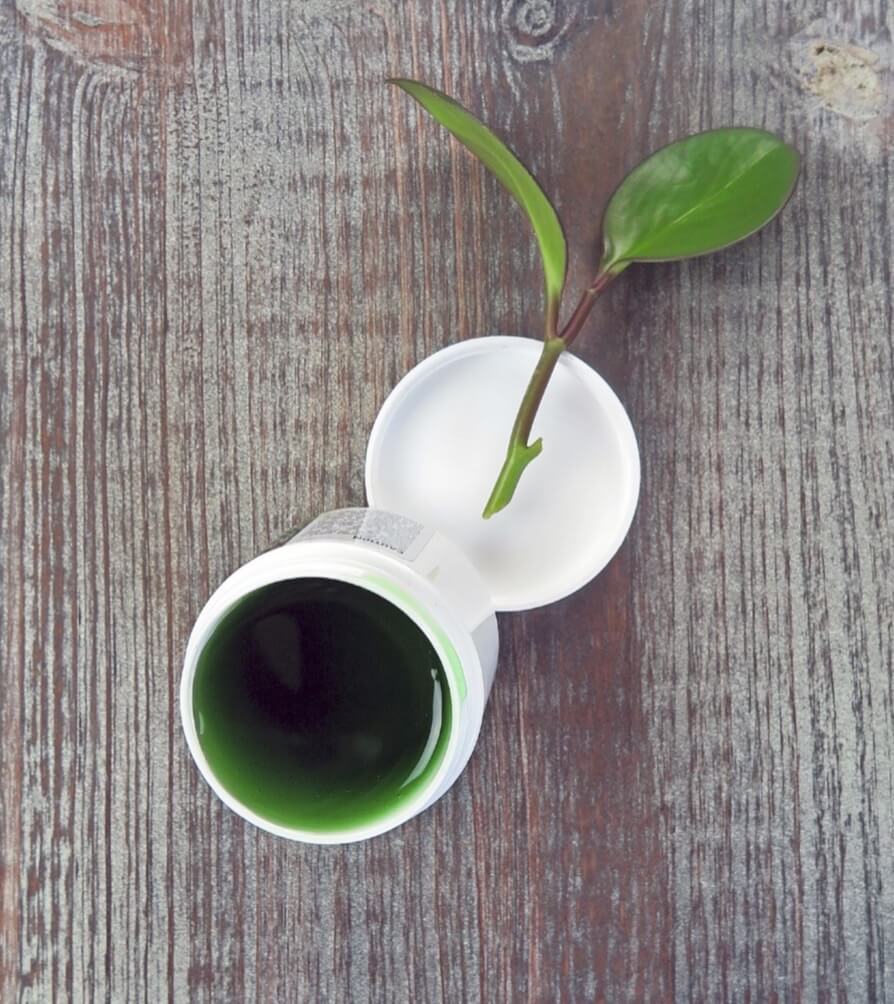Ebook Việt Hoá] Plant parenting: Easy ways to make more houseplants vegetables and flowers - LESLIE F. HALLECK
[Ebook Việt Hoá] Plant parenting – LESLIE F. HALLECK (Nhân giống cây) – ROOTING HORMONES (Hóc Môn Kích Rễ)
- Nguồn: [Ebook Việt Hoá] Plant parenting: Easy ways to make more houseplants, vegetables, and flowers – LESLIE F. HALLECK (Nhân giống cây: Những cách dễ nhất để nhân giống cây cảnh trong nhà, rau và hoa)
- Biên tập: Dũng Cá Xinh (Tháng 08/20201)
- Dịch: Huyền Nguyễn
English
The trick with taking cuttings, just as with germinating seeds, is to get the cutting to root before it rots
and dies. The sooner the rooting occurs, the better the chance for the cutting to grow successfully. While plants produce their own rooting hormones after being cut, some take longer than others. You can speed up the process, especially for difficult-to-propagate plants, by using rooting hormones on stem cuttings, leaf cuttings, and root cuttings.
The main ingredients in most rooting hormone products are auxins, which stimulate and aid in plant root growth. IAA, or indole-3-acetic acid, is the natural auxin found in plants that is most important for root development. Most rooting hormone products you buy will contain a synthetic form of IAA called IBA (indole- butyric acid) or NAA (naphthaleneacetic acid).
Apply these compounds to the base of your cutting to encourage faster and more vigorous root development. Rooting hormones are available in powder, liquid, and gel form, and you can purchase synthetic or organic products.
Rooting powder has a long shelf life, so it’s easy to keep and store. To use a rooting hormone powder mix, dip the base of your cutting into the rooting hormone, making sure to coat the entire tip, and place it in your rooting media or substrate. To make more powder stick to the cutting, you can wet the end of the cutting first, then dip it in the powder.
If using a liquid rooting hormone, mix per instructions on the label (as some will be concentrated and must be mixed with water) and then dip the cutting in the solution, or allow cuttings to soak in the solution per label instructions. You can also directly add liquid rooting hormone solutions into the water reservoir of your aeroponic or hydroponic propagator – just make sure to follow mixing instructions.
Gels are the best option when water rooting as they are more likely to stay put on the cutting longer than a powder or liquid. When using a gel rooting hormone, you’ll dip the end of the cutting into the gel, which will stick to the cutting. Only dip your cutting into the rooting hormone as deep as you plan to stick it into the rooting substrate. Be careful not to rub or knock off all the rooting hormone as you place your cutting into its container.
Take care not to dip the cutting directly into the original rooting hormone container; instead, put some of the powder, liquid, or gel into another container, then dip your cuttings. If you dip your cutting directly into the original container, you can leave behind moisture or other organic matter than can cause the rooting hormone to break down, or molds and diseases to grow—especially in organic rooting hormones.
There are other natural rooting stimulants you can use if you don’t want to buy a synthetic product or rooting hormone. Seaweed extract contains trace amounts of rooting hormones, plus additional important nutrients. You can use it as a natural rooting hormone and to reduce transplant shock. Directly water seaweed extract mixes into the containers that hold your cuttings or into potted plants to spur new root growth. Honey is another natural product that works as an antiseptic and antifungal product that can help cut down on pathogens – meaning honey helps prevent rot so your cutting can root. Simply dip the cutting in honey, just as you would with a gel rooting hormone. Willow extract is another highly effective natural root stimulator because it contains two auxin hormones: IBA and SA (salicylic acid).



Tiếng Việt
Mẹo đối với việc giâm cành, cũng như đối với việc gieo hạt, là làm cho cành giâm hoặc hạt giống bén rễ trước khi bị thối và chết. Cành ra rễ càng sớm thì cơ hội giâm cành thành công càng cao. Trong khi thực vật tự sản xuất hóc môn tạo rễ sau khi giâm cành, một số cây mất nhiều thời gian hơn những cây khác. Bạn có thể đẩy nhanh quá trình này, đặc biệt là đối với những cây khó nhân giống, bằng cách sử dụng kích thích tố tạo rễ trên hom thân, hom lá và hom rễ.
Các thành phần chính trong hầu hết các sản phẩm kích thích tố ra rễ là auxin, có tác dụng kích thích và hỗ trợ sự phát triển rễ cây. IAA, hoặc axit indole-3-acetic, là auxin tự nhiên được tìm thấy trong thực vật quan trọng nhất đối với sự phát triển của rễ. Hầu hết các sản phẩm kích thích tố tạo rễ mà bạn mua sẽ chứa một dạng IAA tổng hợp được gọi là IBA (axit indole- butyric) hoặc NAA (axit naphthaleneacetic).
Bôi các hợp chất này vào phần gốc của cành giâm để khuyến khích rễ phát triển nhanh hơn và mạnh mẽ hơn. Kích thích tố tạo rễ có sẵn ở dạng bột, lỏng và gel, và bạn có thể mua các sản phẩm tổng hợp hoặc hữu cơ.
Kích thích tố ra rễ có hạn sử dụng dài nên rất dễ bảo quản và cất giữ. Để sử dụng hỗn hợp bột kích thích tố ra rễ, hãy nhúng phần gốc của cành giâm vào hóc môn tạo rễ, đảm bảo phủ toàn bộ phần ngọn và đặt nó vào giá thể hoặc chất trồng. Để bột bám vào vết cắt nhiều hơn, bạn có thể làm ướt phần cuối của cành giâm trước, sau đó nhúng vào bột.
Nếu sử dụng kích thích tố tạo rễ dạng lỏng, hãy pha theo hướng dẫn trên nhãn (vì một số loại đậm đặc phải được hòa với nước) rồi nhúng cành giâm vào dung dịch hoặc để cành giâm ngâm trong dung dịch theo hướng dẫn trên nhãn. Bạn cũng có thể thêm trực tiếp dung dịch kích thích tố tạo rễ dạng lỏng vào bình chứa nước của máy nhân giống khí canh hoặc thủy canh, chỉ cần đảm bảo làm theo hướng dẫn pha trộn.
Hóc môn tạo rễ dạng gel là lựa chọn tốt nhất khi giâm rễ trong nước vì chúng có khả năng lưu lại trên cành giâm lâu hơn dạng bột hoặc lỏng. Khi sử dụng hóc môn tạo rễ dạng gel, bạn cần nhúng phần cuối của cành giâm vào gel, chất này sẽ dính vào vết cắt. Chỉ nhúng cành giâm vào kích thích tố tạo rễ đến độ sâu mà bạn định cắm vào chất trồng. Hãy cẩn thận để không chà xát hoặc làm rụng hết hóc môn tạo rễ khi bạn đặt cành giâm vào chậu chứa.
Chú ý không nhúng trực tiếp cành giâm vào thùng chứa hóc môn tạo rễ, thay vào đó, hãy cho một ít bột, chất lỏng hoặc gel vào một vật chứa khác, sau đó nhúng cành giâm vào. Nếu bạn nhúng trực tiếp cành giâm vào thùng chứa hóc môn ban đầu, cành giâm có thể để lại hơi ẩm hoặc các chất hữu cơ khác mà có thể khiến hóc môn rễ bị phân hủy, hoặc tạo điều kiện cho nấm mốc và bệnh tật phát triển, đặc biệt là trong hóc môn tạo rễ hữu cơ.
Có những chất kích thích ra rễ tự nhiên khác mà bạn có thể sử dụng nếu không muốn mua sản phẩm tổng hợp hoặc hóc môn tạo rễ. Chiết xuất rong biển có chứa một lượng nhỏ các kích thích tố tạo rễ, cùng với các chất dinh dưỡng bổ sung quan trọng. Bạn có thể sử dụng nó như một loại hóc môn tạo rễ tự nhiên và để giảm sốc khi cấy ghép. Tưới trực tiếp hỗn hợp chiết xuất rong biển vào các chậu giâm cành hoặc các chậu cây để thúc đẩy sự phát triển của rễ mới. Mật ong là một sản phẩm tự nhiên khác hoạt động như một sản phẩm khử trùng và kháng nấm có thể giúp cắt giảm mầm bệnh, vì vậy mật ong giúp ngăn ngừa thối để cành giâm của bạn có thể mọc rễ. Chỉ cần nhúng cành giâm vào mật ong, giống như cách bạn sử dụng hóc môn tạo rễ dạng gel. Chiết xuất cây liễu là một chất kích thích ra rễ tự nhiên hiệu quả cao khác vì nó có chứa hai hóc môn auxin: IBA và SA (axit salicylic).



![[Ebook Việt Hoá] Plant parenting – LESLIE F. HALLECK (Nhân giống cây) – ROOTING HORMONES (Hóc Môn Kích Rễ) [Ebook Việt Hoá] Plant parenting – LESLIE F. HALLECK (Nhân giống cây) – ROOTING HORMONES (Hóc Môn Kích Rễ)](https://vn1.vdrive.vn/codai.net/2021/02/ebook-huong-dan-nhan-giong-cay-canh-rau-va-hoa-03.jpg)


